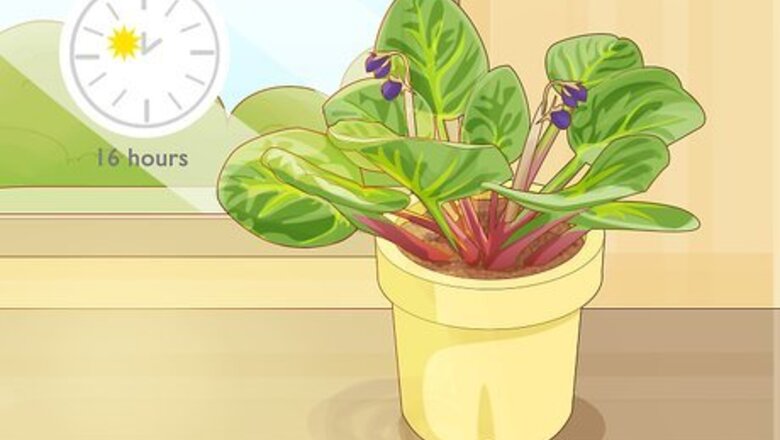
views
Providing the Right Conditions
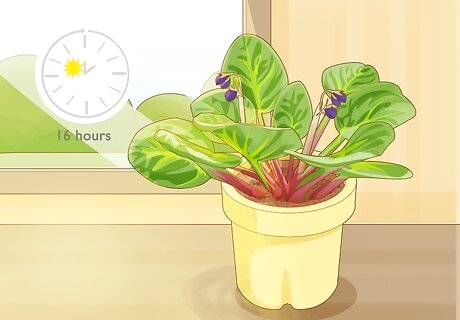
Give your African violets bright, indirect sunlight for 16 hours per day. To get your African violets to bloom and stay in bloom, place them in a location indoors where they’ll get about 16 hours of bright, indirect sunlight per day. You can place them in a bright room just out of the sun, or try hanging a sheer curtain that will allow your space to stay bright while blocking your plants from the sun’s harmful, direct rays. While natural sunlight is ideal, you can also use a grow lamp or lightbulb to give your African violets enough light. If your African violet’s leaves start to look thin and unusually dark, it’s likely not getting enough light. If the leaves start to turn light green or appear bleached, it’s probably getting too much direct sunlight. Both of these conditions can prevent your plant from flowering.
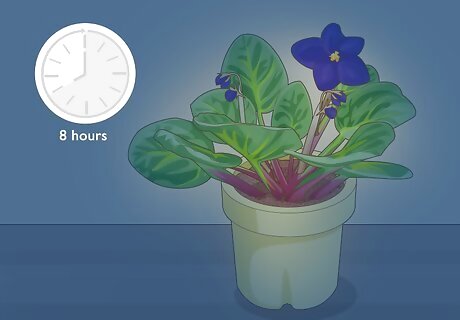
Move your plant to a dark space if you get too much sunlight. If you live in a place that gets more than 16 hours of sunlight per day, move your plant to a dark space so it gets at least 8 hours of darkness. African violets need about 8 hours of darkness for florigen, their flowering hormone, to trigger blooming. If you’re using a grow light to give your plant light, make sure that you turn it off for 8 hours each day. Too much sunlight and direct sunlight can both cause your African violet’s leaves to burn and keep your plant from blooming.

Keep the room temperature between 60 °F (16 °C) and 90 °F (32 °C). To help your African violets stay in bloom, regulate the temperature in your space so that it stays mild and comfortable. While African violets can tolerate some high heat and cooler temperatures, they will likely stop blooming and become discolored and brittle if they’re exposed to temperatures below 60 °F (16 °C) or above 90 °F (32 °C). In addition to controlling your thermostat, keep your African violets away from drafty windows in the winter.

Use a humidifier if your home doesn’t retain much humidity. While they can survive in drier climates, African violets thrive in higher humidity. If you live in a drier climate or if your home gets too dry in the winter, using a room humidifier will help your African violets stay in bloom. You can also help increase the humidity by filling the bottom of a watertight tray with water, placing pebbles in the water, and placing the plant pot on top of the pebbles. Make sure that the pot doesn’t actually touch the water and instead, sits on top of the pebbles just above the water line.
Caring for Your African Violets

Water the plants with room temperature water to keep the soil moist. When you touch the soil and it feels dry, add just enough room temperature water directly to the soil so that it feels like a wrung-out sponge but not sopping wet. Be careful not to get any water on the plant’s leaves, as this can cause them to rot. Allow the water to drain out of the bottom of the pot for about an hour before putting the pot back on its tray or base. Stick your finger about 1 in (2.5 cm) into the soil (or up to your first knuckle). If all that soil is dry, your plant is ready to be watered again. Using cold water can prevent your plant from flowering. Because African violet leaves are prone to rotting, avoid using a mister to maintain the soil’s moisture. You can water your African violet from the bottom by placing it in a tray filled with water and leaving it to soak up the moisture through the drainage hole. It’s important to also water your African violet from the top of the soil occasionally, though, to help wash out impurities in the soil. Be especially vigilant about watering when your African violet is about to bloom—if it dries out at this point, you could risk not having any bloom or losing flowers that are starting to develop.
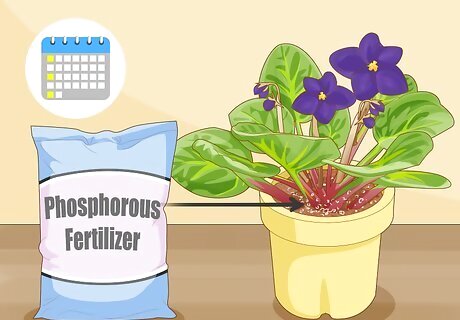
Add a phosphorous fertilizer every 2 weeks in the spring and summer. To help your African violets bloom during their growing season, which occurs during the spring and summer, add a high phosphorous fertilizer to the soil once every 2 weeks. Because African violets are primarily indoor plants, it’s important to add fertilizer during their growing season to give them the nutritional boost they need to bloom and maintain their flowers. Phosphorus helps your African violets bloom and is important for maintaining healthy roots. To assess how much fertilizer you should add, follow the instructions on the label for the specific brand you purchased.
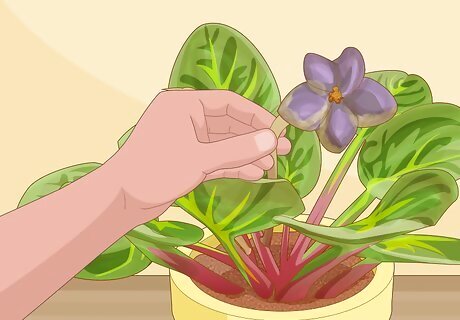
Pinch off spent blooms to encourage new ones to grow. If there are a few buds that refuse to bloom, or if one of the flowers appears to be wilting while the others seem healthy and strong, pinch the stem just below the flower head and just above the highest healthy leaf. Pull the flower head away from the stem to remove it. This can help encourage new, stronger blooms to grow in its place.
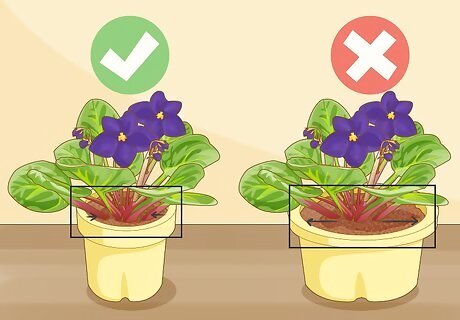
Fit the plants tightly in their pot to keep them root-bound. When choosing a pot to keep your African violets in, select one that is similarly sized or just slightly bigger than their current pot so they fight in tightly. This will keep your African violets root-bound, which can help encourage them to bloom. Using a pot that is too large can prevent your African violets from blooming. In general, mature African violets should stay in a pot that is no larger than 5 inches (13 cm).
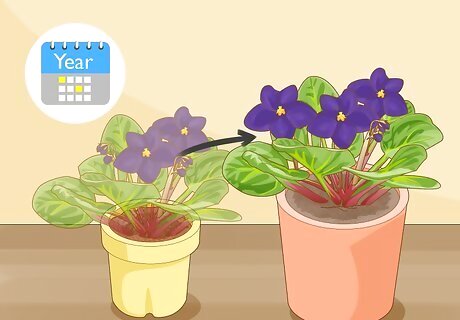
Repot your African violets when they need fresh soil or room to grow. If the flowers or leaves on your African violets start to wilt, or if they start to outgrow their current pot, you’ll likely need to repot them with fresh soil to maintain their flowers. For best results, repot your African violets 1 to 2 times per year to ensure their soil stays fresh. If you’re only repotting your African violets to give them fresh soil, you can rinse their current pot with water and replant them in it with fresh soil, or choose a similarly sized new pot. If you’re repotting your African violets because they’ve started to outgrow their current pot, choose a pot that is only slightly bigger to ensure they stay root-bound. Use an all-purpose potting soil or potting soil that is specifically made for African violets and avoid packing the soil tightly. Instead, leave the soil loose to allow for easier drainage.


















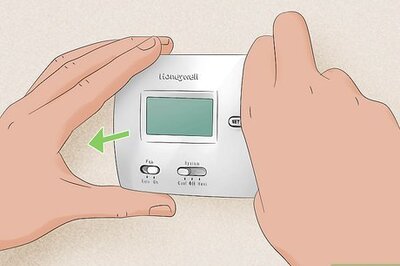
Comments
0 comment